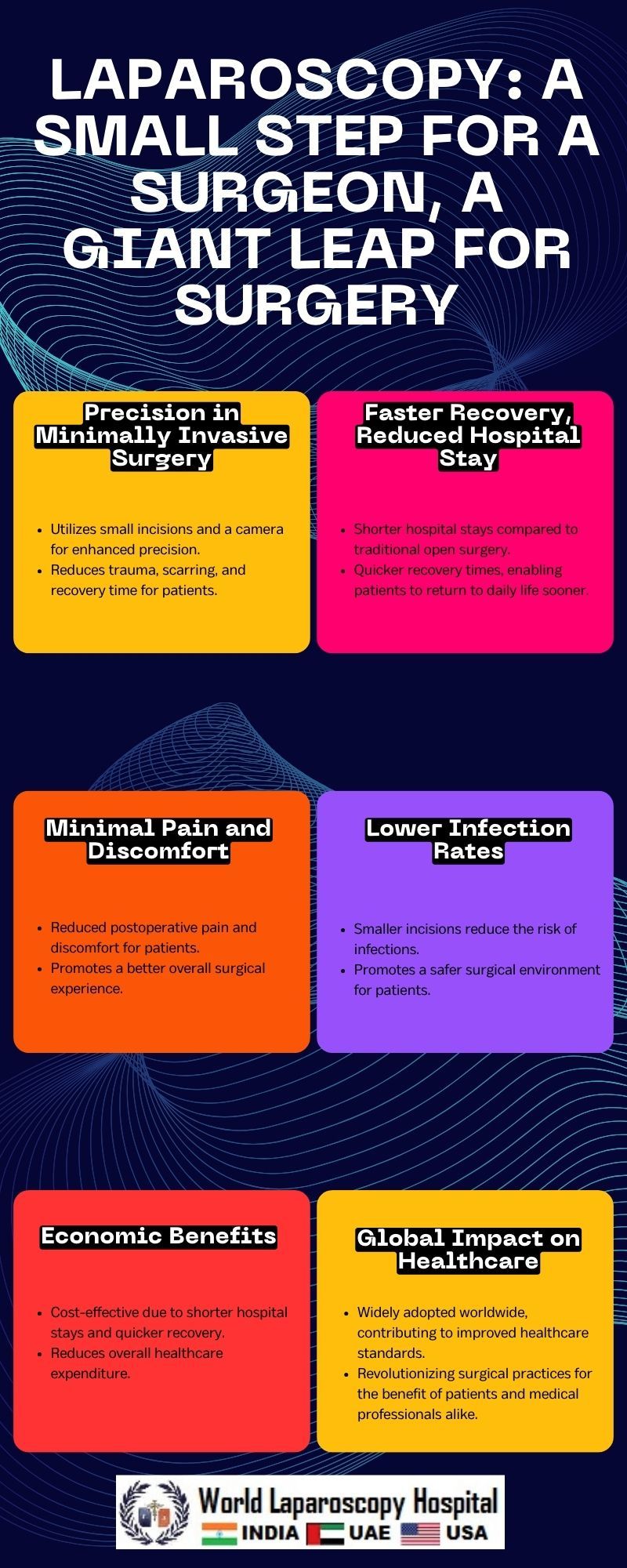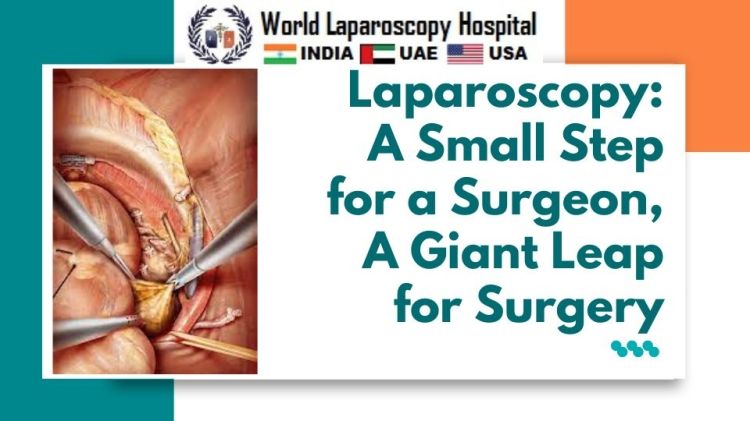Introduction:
In the ever-evolving landscape of medical science, innovations have consistently redefined the way healthcare professionals approach their craft. Among these transformative advancements, laparoscopy stands out as a groundbreaking technique that has not only revolutionized surgery but has also become a symbol of progress and precision in the medical field. This article delves into the intricate world of laparoscopy, exploring its origins, methodologies, and the profound impact it has had on surgical practices.

The Genesis of Laparoscopy: From Idea to Innovation
The roots of laparoscopy trace back to the early 20th century when physicians began experimenting with endoscopes for diagnostic purposes. However, it was in the 1970s that laparoscopy truly came into its own as a surgical technique. The pioneers in this field, such as Dr. Georg Kelling and Dr. Hans Christian Jacobaeus, laid the foundation for what would become a transformative leap in surgical methodology.
Understanding the Laparoscopic Approach: Minimally Invasive Mastery
At its core, laparoscopy involves the use of small incisions through which a camera and specialized instruments are inserted into the body, providing surgeons with a real-time view of the internal organs. This minimally invasive approach, in stark contrast to traditional open surgery, significantly reduces trauma to the patient's body.
The Mechanics of Laparoscopic Surgery: A Symphony of Precision
A. Equipment and Instruments: Laparoscopic surgery relies on a sophisticated set of tools and equipment. High-resolution cameras, fiber optic light sources, and slender instruments with articulated tips are among the key components. These instruments are manipulated by the surgeon with utmost precision, allowing for delicate maneuvers in confined spaces.
Insufflation and Trocars:
To create a workspace within the body, carbon dioxide is insufflated, expanding the abdominal cavity. Trocars, specialized ports through which instruments are inserted, play a crucial role in maintaining a stable environment for the surgical team to work efficiently.
Applications Across Medical Specialties: Laparoscopy's Versatility Unveiled
One of the remarkable aspects of laparoscopy is its versatility, spanning across various medical disciplines. From gynecology and urology to gastroenterology and orthopedics, laparoscopic techniques have become integral to a wide array of procedures. The adaptability of this approach has reshaped how surgeons approach diverse medical conditions, offering patients less invasive options for treatment.
Advantages of Laparoscopic Surgery: A Win-Win for Surgeons and Patients
Reduced Trauma and Scarring:
The most apparent benefit of laparoscopy is the minimal trauma inflicted on the patient's body. Small incisions result in reduced pain, shorter hospital stays, and quicker recovery times. Additionally, the cosmetic impact, with tiny scars compared to large incisions, is a significant psychological benefit for patients.
Quicker Recovery and Reduced Hospital Stay:
With less trauma to the body, patients undergoing laparoscopic procedures typically experience faster recovery times. Reduced postoperative pain and shorter hospital stays contribute to an overall improved patient experience.
Lower Risk of Infections:
The smaller incisions made in laparoscopic surgery reduce the risk of infections compared to open surgery. This is particularly crucial in preventing complications and promoting better overall patient outcomes.
Challenges and Innovations: Navigating the Complexities of Laparoscopy
While laparoscopy has undeniably transformed surgical practices, it is not without its challenges. Technical complexities, a steep learning curve for surgeons transitioning from traditional methods, and limitations in certain complex procedures are among the hurdles. However, ongoing innovations, including robotic-assisted laparoscopy, promise to address these challenges, pushing the boundaries of what is achievable through minimally invasive techniques.
The Surgeon's Perspective: Mastering the Art of Laparoscopy
Training and Skill Development:
Laparoscopic surgery requires a high level of skill and hand-eye coordination. Surgeons undergo rigorous training to master this technique, often using simulators and virtual reality tools to refine their abilities before performing procedures on live patients.
Team Collaboration:
Laparoscopic surgery is a team effort, demanding seamless collaboration among surgeons, nurses, and other healthcare professionals. Communication and coordination are paramount, as the surgical team navigates the complexities of the procedure in real-time.
Future Horizons: Laparoscopy and Beyond
As technology continues to advance, the future of laparoscopy appears promising. Integration with artificial intelligence, enhanced imaging technologies, and further refinements in robotic-assisted surgery are on the horizon. These developments hold the potential to make laparoscopy even more precise, accessible, and applicable to a broader range of medical conditions.
Conclusion:
In the span of a few decades, laparoscopy has transformed from an experimental technique to a cornerstone of modern surgical practice. Its impact on patient outcomes, recovery times, and the overall approach to various medical conditions cannot be overstated. As we look to the future, the evolution of laparoscopy continues to unfold, promising further innovations that will undoubtedly shape the landscape of surgery for years to come.


